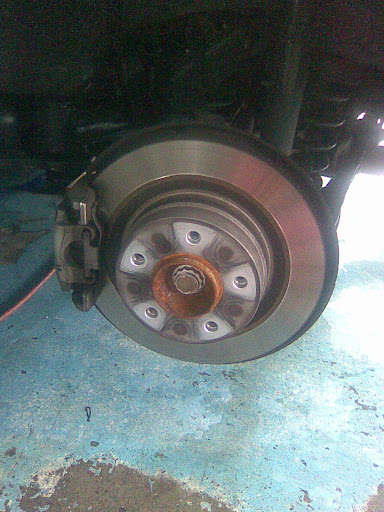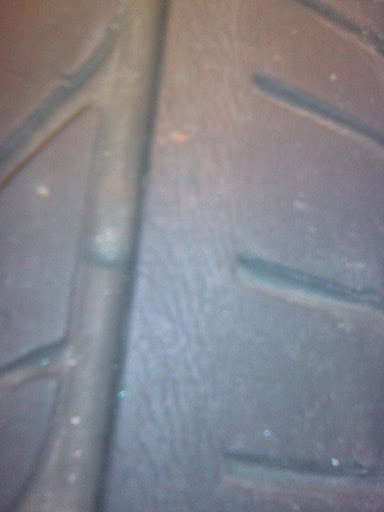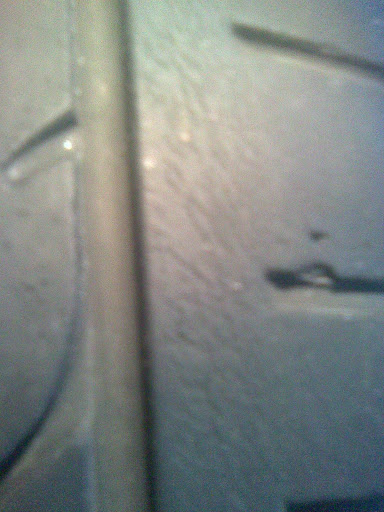Schwepps
Senior Member
- Joined
- Aug 2, 2006
- Messages
- 2,746
- Points
- 0
ebby37;442308 said:dear astroboy and schwepps....
Now I am really confused.....since I got my car, I have never checked my tyre pressure but I do sent it for alignment every 8-10k. I am using the idrive function and since it says the tyre is ok, i dont bother checking
If i do check it, and I have to pump some air, then do I need to reset anything in the idrive ?
Ebby, the first thing to understand is that we do not have a direct Tyre Pressure Monitoring System (TPMS) in our units. We only have a Run flat Indicator (RFI), which uses the data from the ABS to warn if one wheel is rotating at a different rate from the others. So it's an indirect measurement of tyre health. The RFI will alarm if you have a major air loss, but it will NOT alarm if you lose air gradually from all 4 tyres, or even from one slow loss puncture, as I have found in the past.
Astroboy's bravado is meant to be funny, but is confusing to the uninitiated. Frankly, I think humour is inappropriate on a subject as important to safety as tyre care.
It's best to check your air pressures regularly, and a BMW Advanced Driving Instructor was quoted in today's CBT supplement as saying one should check once a fortnight. After you pump your tyres, you have to reset the RFI in your OBC, or iDrive if you have one. This recalibrates the module that uses the ABS data. You don't need to be on level ground to do the reset, only about 10 meters of clear road to move the car forward smoothly. Hope this helps!







